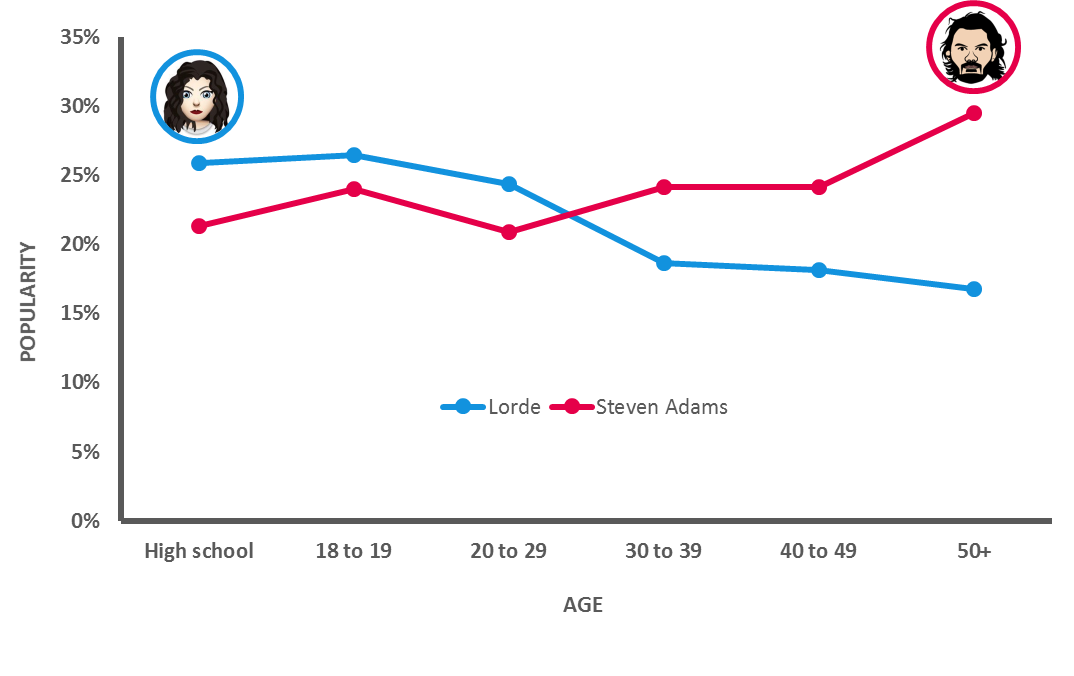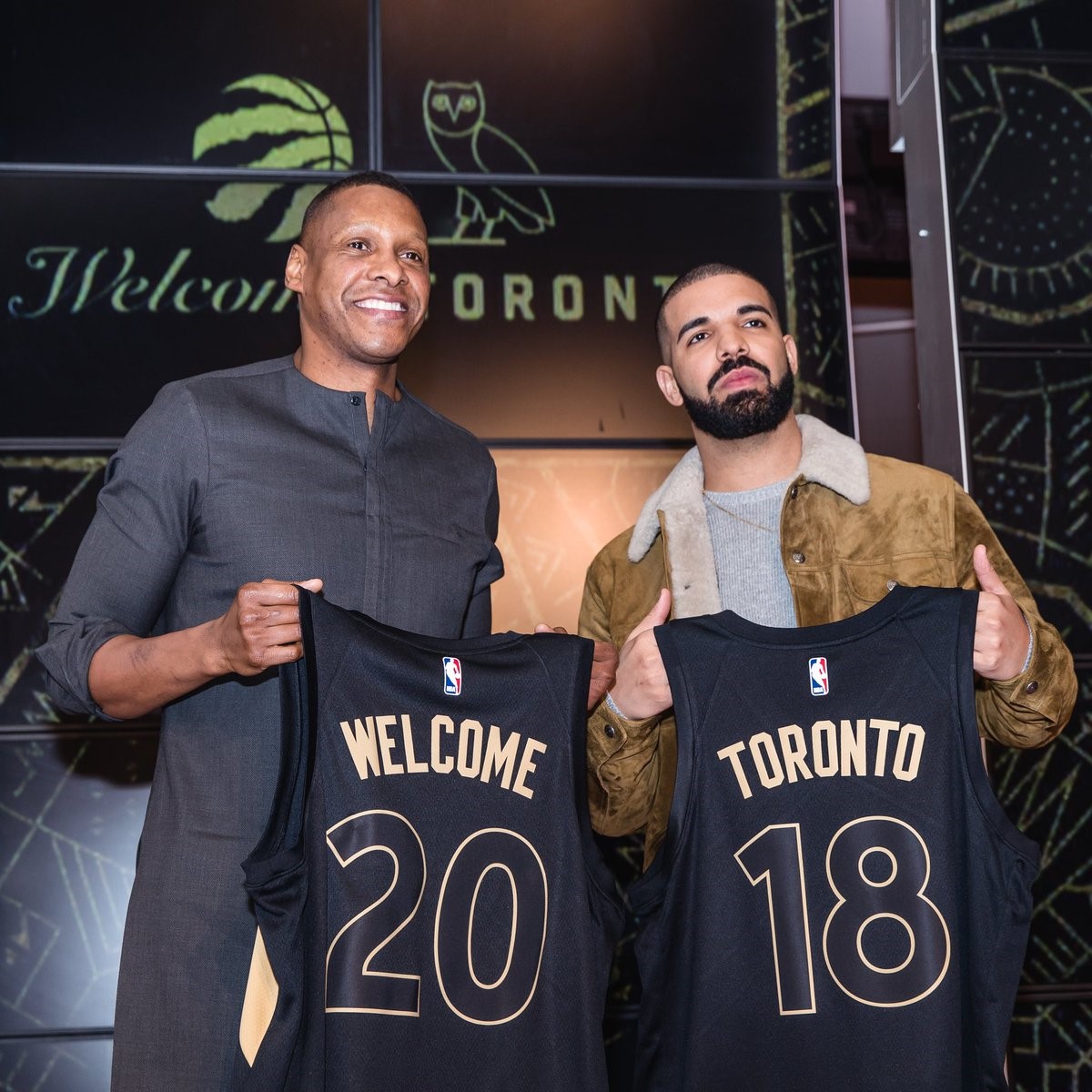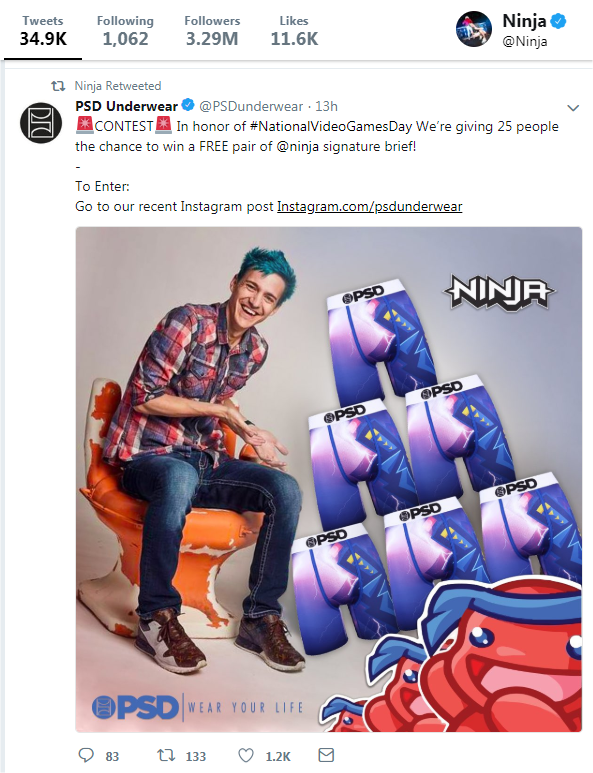The generation game
At no point in history have parents and their teenage offspring exactly seen eye to eye, or been closely aligned on what is right and wrong. However, when it came to heroes or role models there was usually greater consensus that Jonah Lomu, Richard Hadlee or Sandra Edge was their favourite player, role model or hero. Yet, if you ask that question of your high school attending progeny today, you are more likely to hear that Nightblue3 or StoneMountain64 is the player they respect the most. Their numbers are integrated in their names these days, rather than simply stuck on the back of their jersey.
Not only is maths homework done differently in the twenty first century and spelling condensed into abbreviations or emojis to make it easier to text, but the people our teens idolise are very much changed as well.
Nike’s employment of Colin Kaepernick for their “Believe in something” campaign has certainly stirred the marketing industry. But if you’re a consumer brand wanting to influence Generation Z, then analysis of Gemba’s sport and entertainment research results suggest you may be advised to look beyond the stars of our traditional team sports and instead focus on entertainment and gaming personalities. They are more likely to be the new heroes of the young.
When it comes to sport, experience counts
In April 2018, we surveyed 218 New Zealand children aged 5 to 15 years old and then compared their answers with a representative sample of Kiwi adults 18 to 64 years old. We examined their opinions and inclinations towards personalities, events, teams and their choice of how to consume their preferred content.
Essentially, what we discovered was that passion for athletes and sport skews towards an older audience. However, entertainment, along with gaming, is favoured by the young. Someone in their forties, and therefore most likely to currently have a child at high school, is more likely to be a fan of the BLACKCAPS or Silver Ferns than their daughter or son. The reverse is true for a music artist like Broods or a YouTube personality like Jamie Curry. If we compare the popularity by age groups of two Kiwis currently at the top of their industries, pop music’s Lorde and basketball’s Steven Adams then we find the NBA star’s rating increases the older the audience, whereas the singer-songwriter’s falls.

Events that are worlds apart
When it comes to events, gaming tournaments such as the League of Legends World Championships (24%) and exhibitions like the local Armageddon Expo (38%) scored highly for interest with teens, whereas their fortysomething parents were much less engaged (LOL 5% and Armageddon 15%). In the next twelve months the two biggest World Cups for New Zealand national teams will come around again. Opening the sporting competition is Cricket World Cup 2019 in England, and then Japan hosts its first Rugby World Cup next September. 24% of fortysomethings are looking forward to the cricket and 45% the rugby, however with our high school respondents, those figures are only 15% for CWC2019 and just 24% for RWC2019.
Controller or Bat? Perhaps both
It’s a similar story when we explore participation, 8 in 10 school children had played electronic games in the last 4 weeks, whereas 2 in 10 had played sports such as cricket or basketball. The phrase “C’mon play the game” is highly likely to have a different meaning today than it did thirty years ago when the parent was their age.
Although more popular with the young, gaming isn’t replacing sports participation. In fact, we found that those who play electronic games are actually +10% more likely to play traditional sports than non-gamers.
The Future of Fan Engagement
So, what does this mean for companies wanting to talk to teens? Well if you’re a brand manager thinking about a face for your new campaign, instead of the quiet and modest performer on the field, you might be better to plump for a louder livewire who dominates the small screen.
How about sports organisations wondering about their fans of tomorrow? Did you hear about the rapper in raptures about the Raptors? Toronto-native, hip-hop superstsar Drake, agreed to a promotional partnership with his beloved NBA team entitled “Welcome Toronto” in which Raptors’ president Masai Ujiri celebrated “We have something very special happening in Toronto and Drake is a big part of that. We’re looking forward to this opportunity to continue working together to inspire and support young people, to showcase this great city around the world and to grow the game of basketball.”

Top European sports club Paris Saint-Germain have bought a League of Legends esports team and recruited Korean players to extend its brand to younger audiences and into new Asian markets for the Ligue 1 football club. Closer to home, last month Auckland’s SKYCITY Breakers basketball franchise announced it was building from scratch its own esports team, “Breakaway”, and is actively recruiting players. The franchise’s CEO Matt Walsh explained that “from a business perspective and a natural progression, this is a chance for us to reach many, many thousands more kids than we do through basketball.”
Small screen spectators and social selling
How we watch our favourite content varies based on our age bracket too. The Gemba research revealed that, when compared with fortysomethings, high school-aged consumers were +46% more likely to watch YouTube, twice as likely to use Twitter, three times more likely to be on Instagram and their Snapchat usage was six-fold.
So next door to an ad agency-produced TV commercial targeting nest-building parents and featuring a sports athlete showing you around his newly constructed turnkey home; you’ll likely see a gamer like @Ninja (3+ million Twitter followers, 9.8million Instagram followers) promoting an underwear brand keen to engage with teens, by using his own logo on the latest boxer briefs design, and endorsing the product via his own proprietary channel.

Its horses for courses
So, actor or athlete? Well KJ Apa is to teens (popular with 25%) what Kieran Read is to the Fortysomethings (28%). A Tuber for you, or a Baller to broaden the net? Online hero Jamie Curry is to Gen Z (17% popularity) what on-court star Maria Folau is to Gen X (17%). League of Legends closer Nightblue3 for the teens (20%), or BLACKCAPS opener Kane Williamson for the parents (18%). You need to decide if your marketing Speedos to Dad or boardies to his son and then determine who’s the most suitable hero, because they don’t surf in the same way these days.